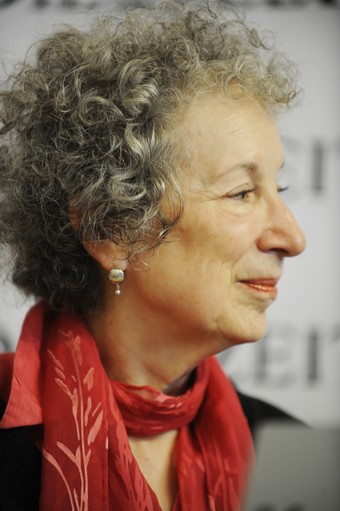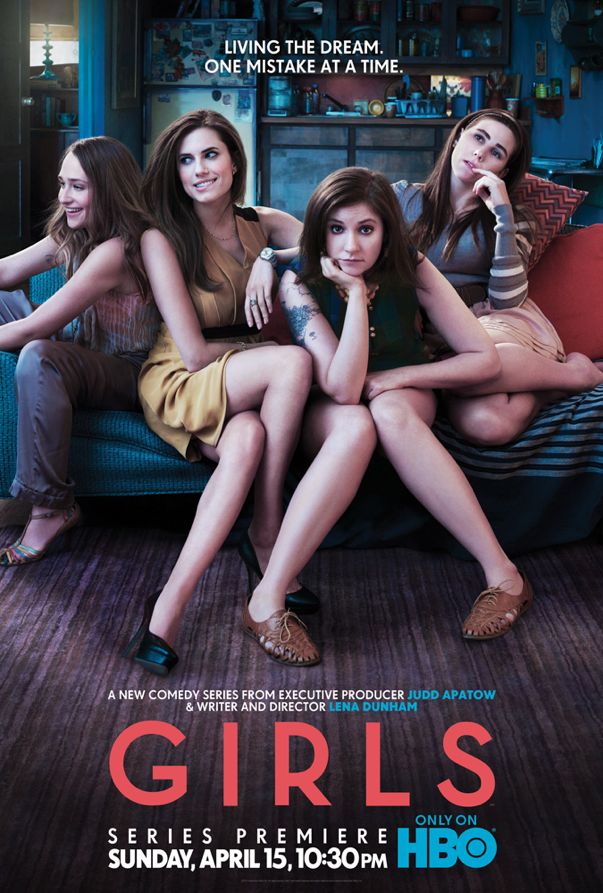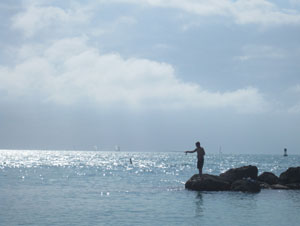 My first exposure to the writing of acclaimed Canadian author Margaret Atwood came with a reading of her highly praised 1985 novel, The Handmaid’s Tale, in an undergraduate English class on twentieth century women writers. Her novel remains one of my favorites, in part because of the gorgeous prose, but also because of the haunting material which stays with you long after you finish the book.
My first exposure to the writing of acclaimed Canadian author Margaret Atwood came with a reading of her highly praised 1985 novel, The Handmaid’s Tale, in an undergraduate English class on twentieth century women writers. Her novel remains one of my favorites, in part because of the gorgeous prose, but also because of the haunting material which stays with you long after you finish the book.
Atwood is a formidable force in the writing world, publishing since the early 1960s across genres of fiction, non-fiction and poetry. Her latest publication is In Other Worlds: Science Fiction and the Human Imagination, a 2011 non-fiction work which broaches a popular topic for debate surrounding Atwood’s fiction. Many of her novels pose possibilities for the future that for some provide a cautionary tale, while for others teeter in the realm of science fiction. In a 2009 interview with Wired Magazine, Atwood addresses the distinction between science fiction and her novels. She states: “I like exact labeling. Speculative fiction encompasses that which we could actually do. Sci-fi is that which we’re probably not going to see.” This idea makes the premises of her dystopian novels all the more alarming. The Handmaid’s Tale imagines a totalitarian society where women’s rights are non-existent and the title character, stripped of her name and freedom, is enslaved as a forced surrogate for a government official. Her 2003 novel, Oryx and Crake, imagines a post-apocalyptic world obliterated by a bioengineering experiment gone wrong. She revisits the events of Oryx and Crake in her 2009 novel, The Year of the Flood, where the implications of the events of the previous novel threaten the freedom of two surviving female protagonists, who must contend with a genetically mutated landscape and an uncertain future.
After a remarkable writing career that has spanned more than fifty years, Atwood remains humble and grateful for her fans. Her website welcomes readers with a personal message and access to a blog and twitter page. After interest spurned by comments made at a speaking engagement that “authors cannot make a living from rock concerts and tee-shirts” Atwood gave the fans what they wanted: a tongue-in-cheek tee-shirt line available through CafePress.com. My favorite of the designs asks, “Would the Modernist Blog?” and features cartoon depictions of famous modernist writers jokingly deriding the blogosphere, of which Atwood herself is a part. Similarly showcasing her sense of humor, in 2007 Canadian comedian Rick Mercer had Atwood participate in his Monday Report on CBC Television, where she suited up as a hockey goalie for a segment spoofing sports tips.
Her accessibility to, and appreciation for, her fans, along with her wit and good natured attitude, combined with her incredible literary gift, make her a force to be reckoned with, and a woman that is now on my short list of literary icons I would love to have a cup of coffee with. Those lucky enough to be in Key West this week will have the opportunity to hear Atwood read from The Handmaid’s Tale. After Key West she is off to a book signing in Utah on January 21st followed by a reading engagement in Houston, Texas on January 23rd. When asked by The Guardian in 2011 what she does to relax, Atwood wittily replied: “What is this ‘relax’ of which you speak, Earthling?”


